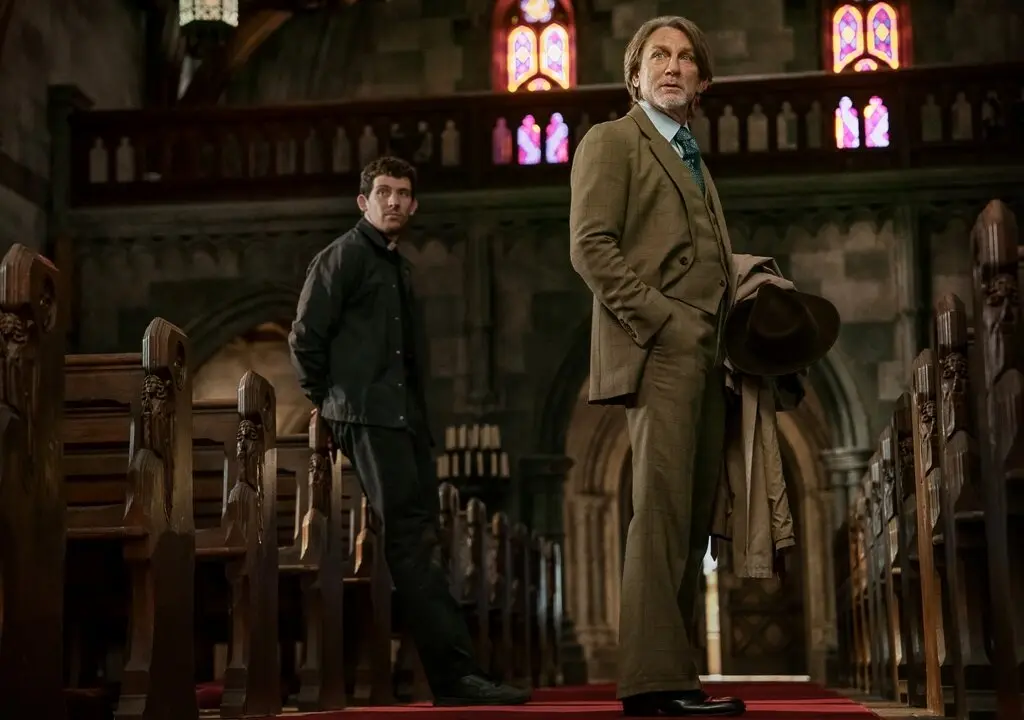NR | 1h 36min | Documentary | 24 June 2022 (USA)
The opening scene in director Sean Cisterna’s new documentary “The Long Rider” shows narrator and co-photographer Filipe Masetti Leite atop one of his three horses heading towards a stadium on the distant Brazilian horizon.





